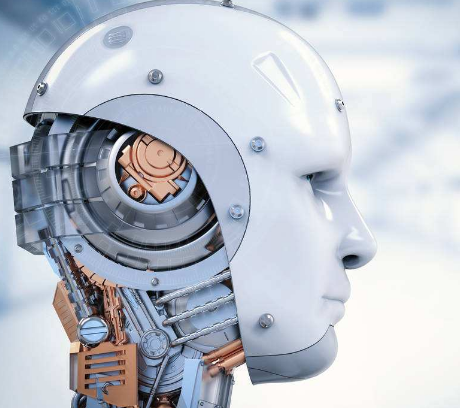Simulation robot has now entered the archaeology: 17. A team of European scientists in the UK paper published online in the journal nature, said they use the new building called "OroBOT" robot and simulation framework for research, found prehistoric four-legged animals learn to walk on land more efficiently time earlier than previously expected, this means that the land of the development of efficient movement before the amniote evolution and differentiation.
A variety of evolutionary adaptations drove the transition from aquatic to terrestrial quadrupeds.
Amniotic animals (reptiles, birds, and mammals) divide rapidly and have been associated with the development of more efficient upright walking.
For archaeologists, however, the timeline of the development of this more advanced form of movement has been unclear.
This time, John yakatulla of Humboldt university in Berlin, Germany, and camelo mero of the federal institute of technology in lausanne, Switzerland, and their team studied the fossils of large, herbivorous tetrapods called Orobates pabsti, which lived about 290 million years ago and are believed to be closely related to amniotic animals.
The fossil, in turn, matches preserved footprints that tell us how it moved and how it walked.
The team used digital technology to build "Orobates pabsti" and an advanced simulation robot "OroBOT" after analyzing the fossil and its footprints, as well as measurements of four living amphibians and reptiles, to explore the rationality and effectiveness of various possible walking modes.
With the help of OroBOT, the researchers found that the large herbivore tetrapod may prefer to walk upright compared to a non-amniotic tetrapod.
So the team suggests that this advanced form of exercise evolved earlier than previously thought.
Follow Me
Link:Tenco





没有评论:
发表评论